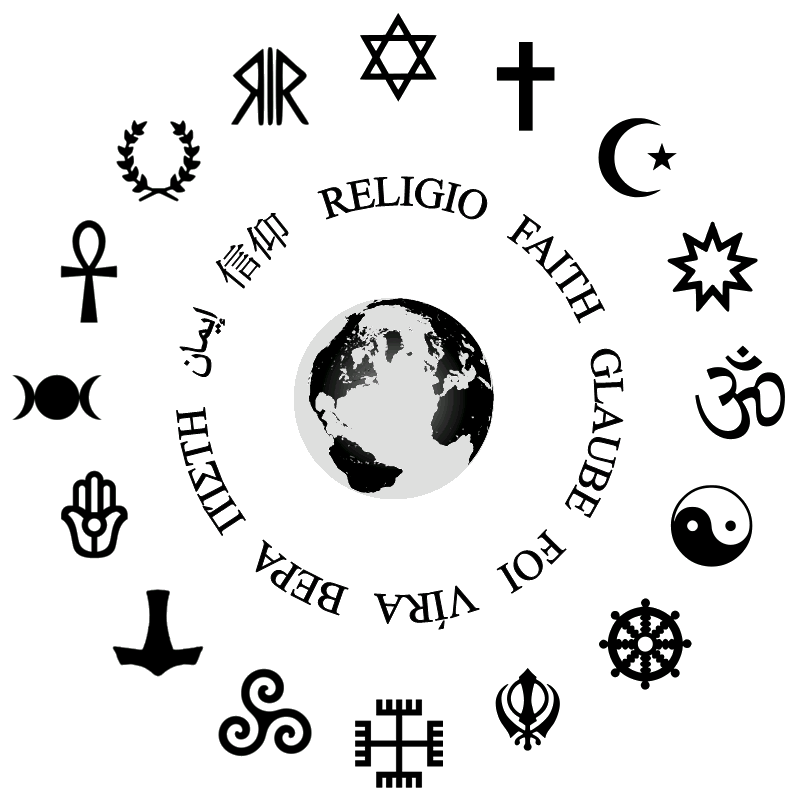IX. The Work Continues
“Okay,” I said. “Has everyone here had a chance to read everybody’s rough drafts?”
Some but not all hands went up
“Not most of my people,” Megan said.
“As courtesy we should at least summarize what we’re looking at,” I said. “Two of these are probably, at least in general, what we classify as Gnostic or apocryphal gospels, but a gospel for witches is almost unprecedented. Before we go riding in among the trees, can anyone give us a map of the forest? What are we looking at here?”
“Dynamite,” Les said.
“I assume that we want to publish our translations, but what audience do we plan to address?” Brendan asked. “Other college professors?”
“No, I don’t think that would be right,” I said. “We already have a sense that more people than just scholars have a right to know what’s in these documents.”
“It would take one whole heck of a lot of commentary to provide a context for a general audience,” Alan said.
“Why?” Megan asked. “Why not just let people read what’s here and decide for themselves what to think about them?”
“That sounds reasonable in theory, Megan,” I said, ‘but almost no one except teachers of religious studies and theology could see what the historical implications of these documents might be.”
“Oh, really, Eddie,” she replied, “You’re being an elitist. People aren’t stupid. They can read this for themselves.”
“Of course people aren’t stupid, Megan,” I replied. “But relatively few people have ever been told any objective history about religion in general or Christianity in particular. Religion scholars, no matter what their own background or allegiance might be, do agree on a general outline of how Christianity began and how it evolved. But none of that is ever preached about on Sunday mornings. If I, for example, were to mention these standard mainstream theories to most lay people, they would think I’m some sort of atheist heretic. In order for them to understand the real significance of these documents—whatever that may turn out to be—they would need to also know that standard scholarly history. That’s what we would have to provide.”
“All right,” she said. “I see what you’re getting at. You wouldn’t be trying to prove that, say, orthodox Catholicism is simply false.”
“No, of course not,” I said. “By the nature of religion, you can never prove that a system of beliefs is wrong. But you can prove that it is more complex than one had thought. That’s how these new gospels are probably going to affect people’s ideas.”
Alan said, “I think the one that would have the least effect, because it’s the least surprising, is this Gospel of Simon and Helen. It confirms what Irenaeus and Hippolytus had to say about the Gnostics. It’s new mainly in that it seems to go back to Simon himself. By the way, would most of you agree that I’m the one here most obligated to defend the fundamental truth of Catholic beliefs?”
“Your SJ appellation would seem to point that way,” Les replied.
“Perhaps this might surprise some of you, perhaps not, but I haven’t seen anything in these documents that conflicts with that fundamental truth. There’s a lot that conflicts with the theories and explanations people have spun about those truths, but that’s a different issue,” Alan said.
Sherman added, “There’s also the open question of just where the dividing line fell, insofar as it wasn’t a wide grey area, between the orthodox and the heterodox in the first few centuries. We need to keep an open mind about whether the other two gospels can be classified as Gnostic or not. They may force us to redefine that term.”
Megan asked, “Exactly what do you mean by Gnostic?”
Alan replied, “It’s now a catchall term for the other early varieties of Christianity. When the Roman church was given governmental authority at the Nicene Council, it drove all its competitors out of the Empire or at least underground.”
Brendan added, “As for the term Gnostic, a modern agnostic says that he doesn’t know whether or not there is a God.
I said, “Yes, same root word. The ancient Gnostics were Knowers; they believed there was a God.”
Brendan added, “Or gods.”
“More importantly, they believed in the ultimate mystery, that humans are divine also,” Alan said.
Megan asked, “Don’t Hindus believe that?”
“Yes, but the Gnostics had a different spin on it. They believed that humans can become gods,” I said.
Megan commented, “I believe that’s possible. Just not in this life.”
“They meant in this life,” I said, picking up the original manuscripts. “What do you make of this? These originals are on modern paper, but they’re wrinkled, dogeared, dirty, seen hard use. People have been reading them intently as if they were . . .”
“Scripture,” Alan interjected.
“That was my guess also,” I said. “But why would anyone recent be reading Gnostic gospels that way? And a witch’s gospel?”
Brendan said, “I always thought the Gnostics had died out, that the church was paranoid in thinking they had resurfaced as the Cathars of Provence. “
Alan replied, “No, there was a connection. The Roman church was still converting Valentinians to orthodoxy in the eighth century. The Magyar invasion of southwestern Europe about the year 900 carried with it beliefs acquired from Gnostic or Manichaean sects hidden away in the Balkans, such as the Paulicians. Those in turn were apparently the source for the Cathars, although there is some evidence linking the Cathars to earlier traditions in Provence.”
“That seems like a wild possibility. Could there be a connection between some sort of Gnostic sect and the witches of medieval times?” I asked.
“That would make sense to me,” Brendan said. “There is a very Gnostic flavor to some aspects of Wicca.“
“Are you seriously proposing that the witches behind this other gospel are some type of Gnostics as well?” Les asked.
Megan said, “We’d like to have that sort of exalted concept of ourselves. Is that really possible?”
“That’s one issue we need to figure out,” I said. “Do we have some preliminary guesses at a time frame for these?”
Alan said, “I think so. This Gospel of Mary has a lot in common with the canonical gospels, but some elements in it put a different spin on those parallels and might be the starting points for various Gnostic concepts. We would have to date it very early, wouldn’t you say, Les?”
Les nodded vigorously, “If it’s not an extremely early gospel, it’s one hell of a clever forgery. The content fits the pattern of the things we can trace back into the first century, like the Gospel of Thomas. It probably derives from a copy written or preserved in Egypt. It may even be the Greek text that underlies some of the later Coptic fragments.”
“What’s Coptic?” Megan asked.
“A late form of Egyptian, like Italian is a late form of Latin,” he replied.
Seamus added, “This Gospel of Simon and Helen is somewhat later. Its events were more or less contemporary with those of the Gospel of Mary, but it was written later, in the fifth century.”
Angie broke in, “The events of the Gospel of Diana fall in the late twelfth century, but the writing of it continued down into the late nineteenth century.”
“In other words, it’s both medieval and recent,” I said. “That’s about what I guessed. Do any of you have an impression yet of how these three may be connected?”
Angie responded, “The main writer of the Gospel of Diana used the other two as models or raw material. You could guess that just because they were found together. Brendan’s right: there is an underlying Gnosticism in this witch stuff. Much of the theology is different, but the antinomianism is the same, the rebellion against a corrupt establishment, against `spiritual wickedness in high places,’ as Paul said.”











